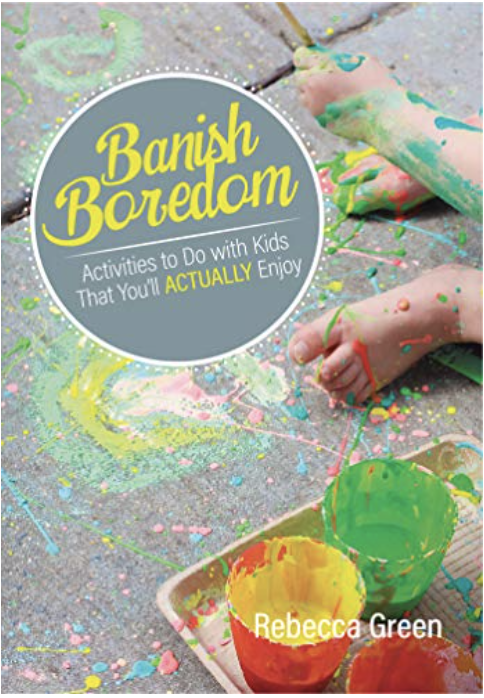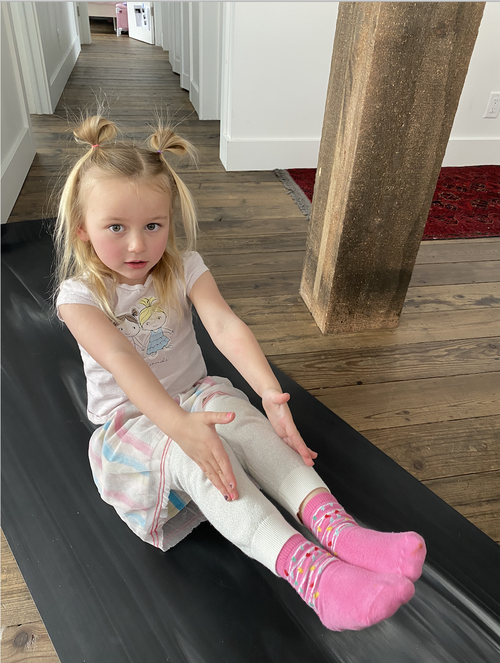Five Tools To Unearth A State of Calm
Published on March 27, 2020 - Updated on March 30, 2020
Maintaining Balance In Close Quarters
Children are sponges. They learn new languages quickly and pick up activities and skills with remarkable speed. They digest everything adults take for granted, from how their own fingers work to how to ride a bike, in just a few short years.
Young babies begin to grasp meaning in words very early, because of the power of observation. They actively listen to tone and watch physical animation carefully. They become familiar with positive and negative inflection and develop conclusions. As a result of constantly exercising the skills they have at their disposal, they also sense stress and anxiety with impressive accuracy.
Acting out in response to small changes in routine is part of being human, and with the major disruptions resulting from social distancing, we must anticipate a behavioral response from our children. We expect many of you have already found the change in routine challenging for your sweet little ones.
The fact is, as much as they love time home with Mom and Dad, they are likely used to at least three days of school, time with friends and more structure. Teachers exercise a variety of creative tools to meet the emotional needs of the different children in their classroom and maintain an overall sense of balance. Now, more than ever, kids need them at home.
Finding out what works best for your children, and creating an action plan ahead of time for coping with frustration or tension will further improve your social distancing success. Here are a few proven methods for improving moods and reducing anxiety.
1.Sensory Games and Materials:
There are tools available in your toy collection that reduce stress for children. Playdough, Oobleck (check out our YouTube video on how to make it, inspired by the book, “Banish Boredom”) and Kinetic Sand are all excellent choices.

Additionally, sensory bins are easily constructed at home with a carton or large Tupperware. Fill it with beans or a similar substance available in your home and bury treasures inside. It is proven that running their hands through to search for the treasures calms children’s minds.
For a clean approach to finger painting, fill a baggie with shaving cream and flatten it on a hard surface. Encourage your child to trace letters, numbers or shapes; it’s an excellent way to release tension.
And while it might not seem relaxing, sensory calming activities don’t always work that way. Input quells negative emotions for kids, and building an obstacle course in your living room or bouncing a ball on a wall both help manage stress.
2.Meditation Apps:
Calm and Headspace offer free options for meditation, sleep stories and more. You can get a great head start toward balance for yourself and your kids by carving out time each day for one of these amazing tools.
3.Breathing Exercises:
The 4-7-8 technique suggests deep breathing into your belly for four seconds, holding it for seven and breathing out slowly for eight seconds. Repeat this exercise three to eight times.
4.Proven Methods:
Do not underestimate the power of a candle and a heavy blanket, relaxing music or closing your eyes in a warm bath. These are all tried and true measures to de-stress for you, and they are just as beneficial for the mental health of your little ones.
5.Yoga!


There are many outlets for virtual yoga popping up, but Cosmic Kids Yoga has always been a favorite for our little ones.
Additionally, the happyly team co-hosts a live virtual yoga session for kids with Monika every Wednesday at noon EST. We also link it to socialization for our little ones, as they are eager to FaceTime with friends afterward. It is exciting to them that they just experienced something together despite the social distance.
"Rub Your Hands” is a wonderful tool available to children which Monika practices with us during Wednesday yoga. My kids already successfully employed the song in moments of sadness and high emotion, and the impact proved immediate!
Additionally, a surefire yoga exercise for a more successful bedtime or to regroup during a crazy day is to lie flat on the floor with your child. Encourage them to relax each individual body part into the ground moving from head to toe. Slowly and soothingly encourage deep breathing in between each focus point as they slowly relax their bodies.
What's working well for you and your family? We look forward to hearing from you at share@happyly.com.
We welcome you to check out our blog for more inspiration from a list of ways to Disconnect to Reconnect with games for every age group, join as we Run For Fun With Our Kids or explore helpful tips on 5 Ways To Nurture Your Partnership in light of social distancing.
Also, please take a moment to explore Week #3 of our Daily Schedule For Preschool and Grade School. As always, we welcome your family's highlights! Tag us on Instagram @gethappyly!